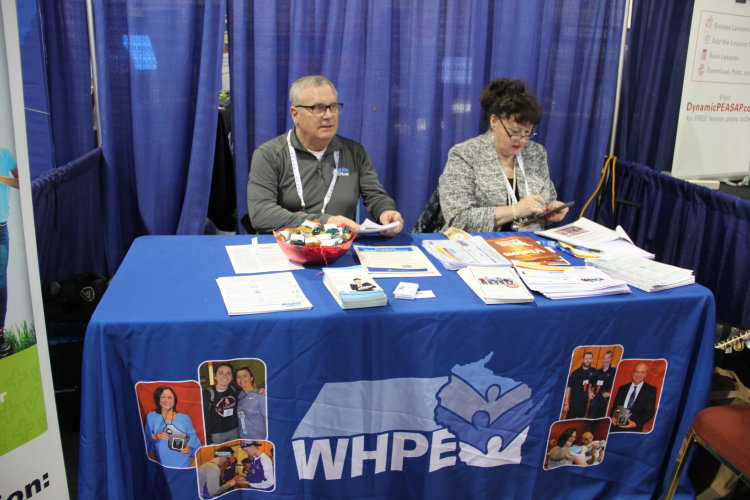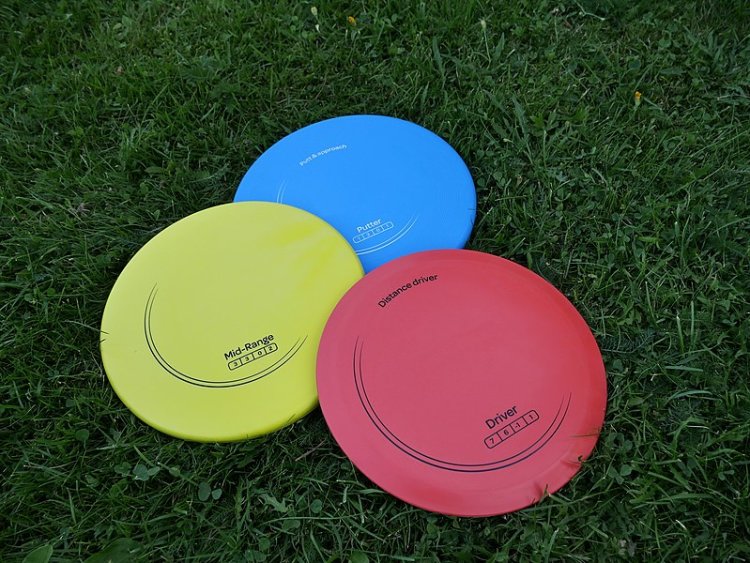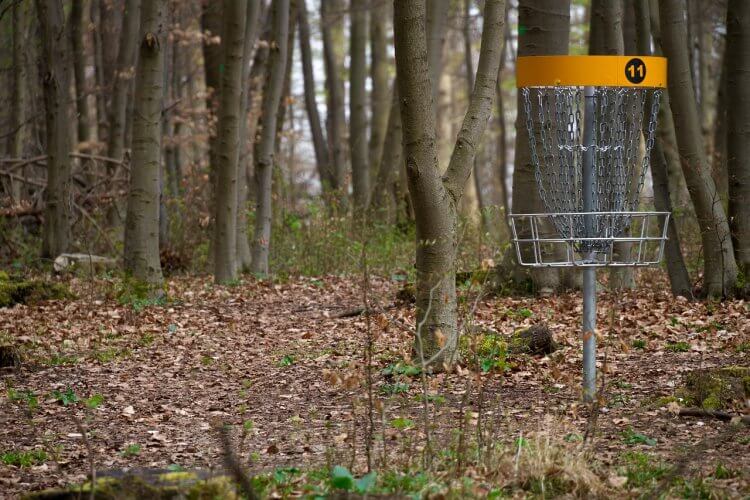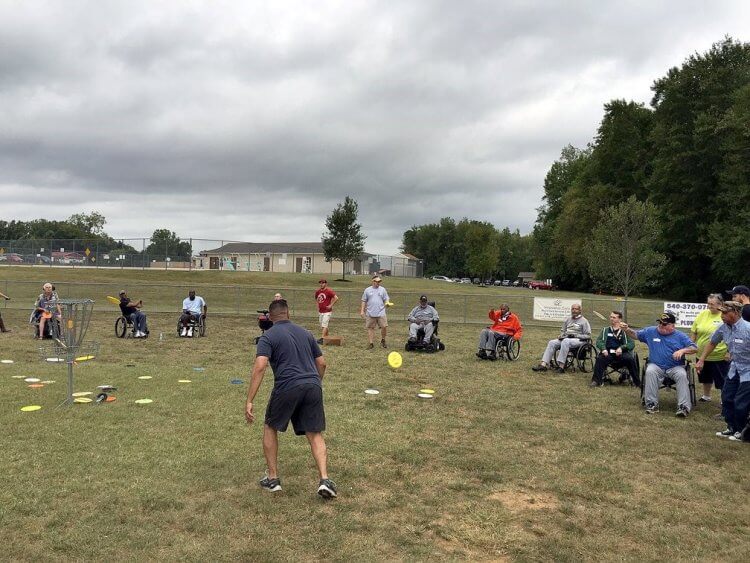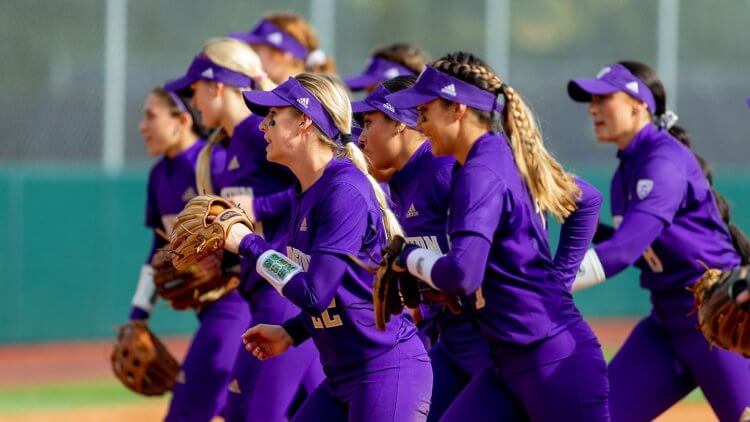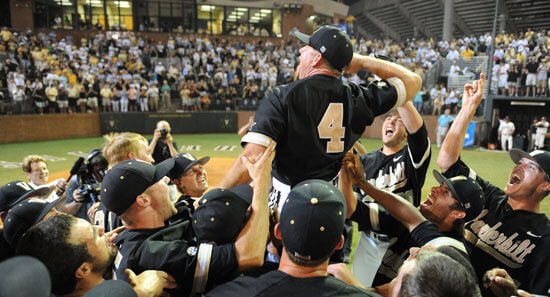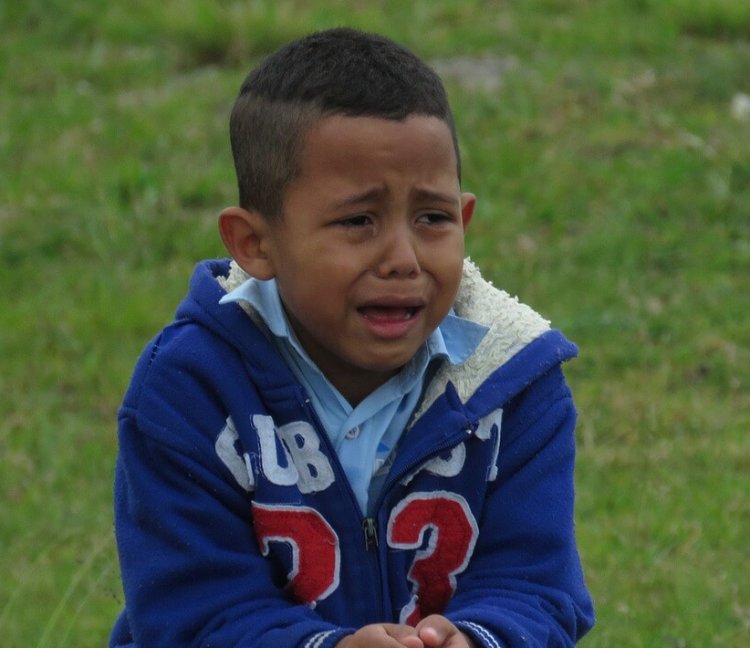We have made great progress as a society in helping students with special needs feel included. But we can do more. We must constantly assess our culture (i.e. attitude and beliefs about students with special needs), existing policies, and procedures to make sure we are doing our very best for our students.
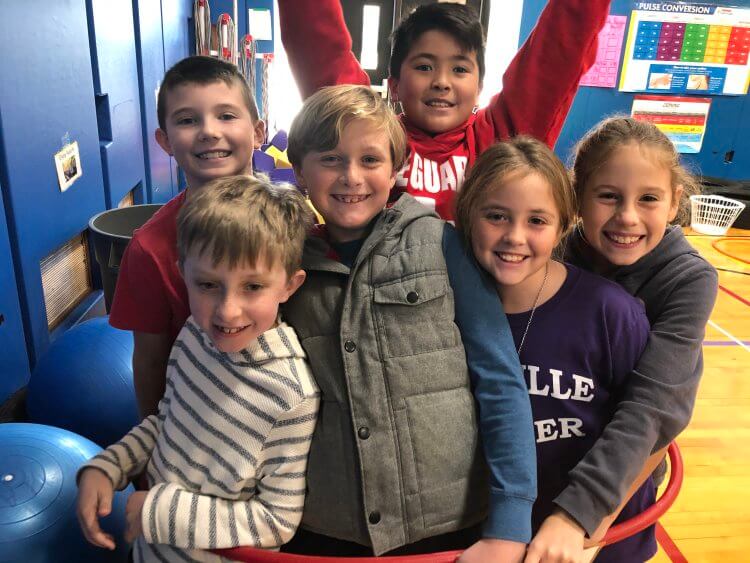
We must challenge ourselves to do all we can to make our students with special needs feel valuable, included and equal. We must advocate for our students with disabilities to ensure that they have the very best school experience we can provide academically, socially, emotionally, and physically. Lately, I have been reflecting on the way I give praise and to whom I praise. The other day I called a parent of a typical student. The purpose of the phone call was to let the parents know how proud I was of their child for the gentle way they guided a student with special needs into the partner yoga poses. The typical child deserved every bit of praise because of her nurturing and patient ways. However, it got me thinking. How many times do I praise the typical child for all the love, support, and help they give to my students with special needs as opposed to the number of times I praise my students with special needs for their patience, help, and encouragement of my typical students?
![IMG_1692[6]](http://www.pheamerica.org/wp-content/uploads/2020/04/IMG_16926-750x563.jpg)

